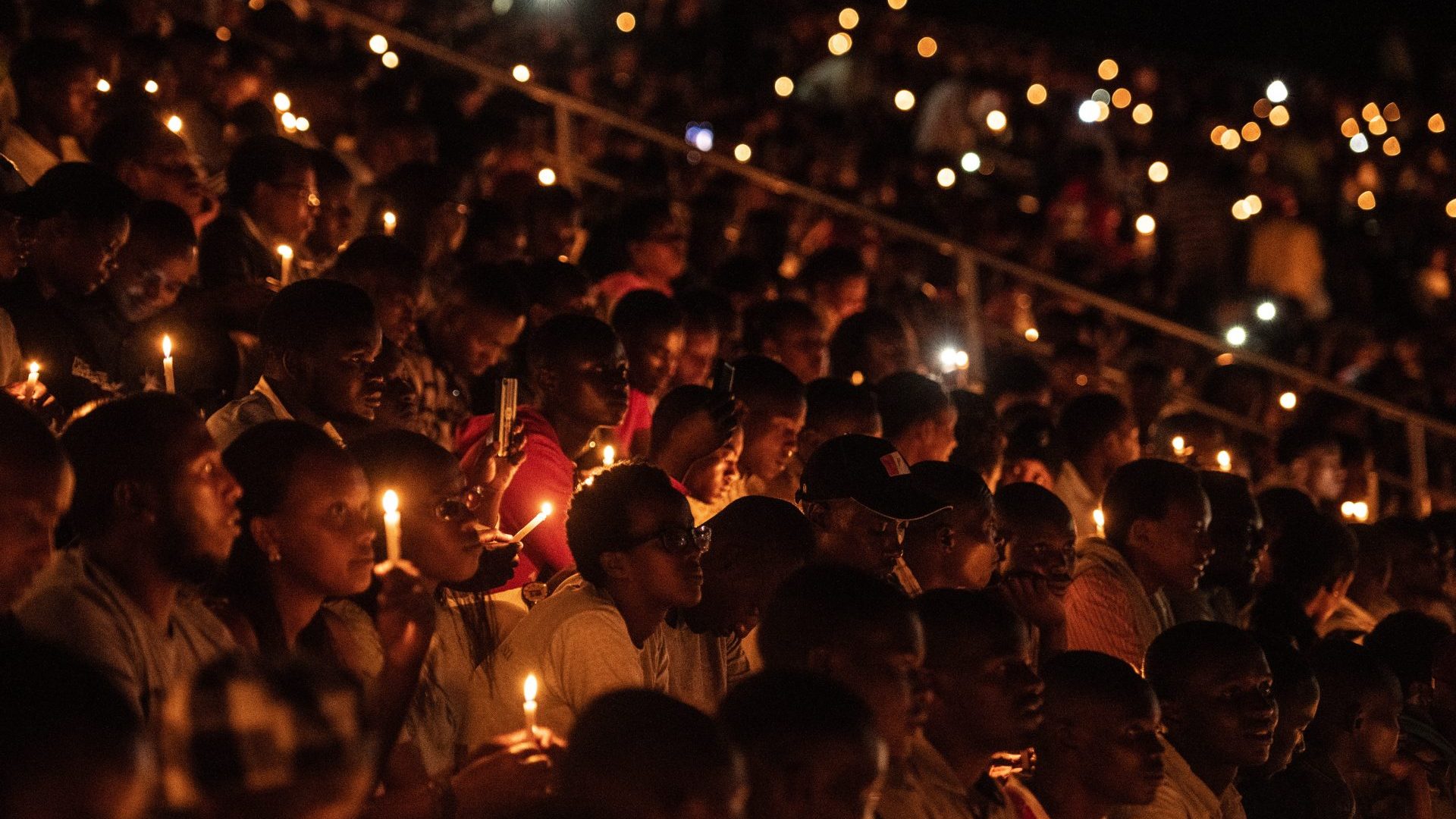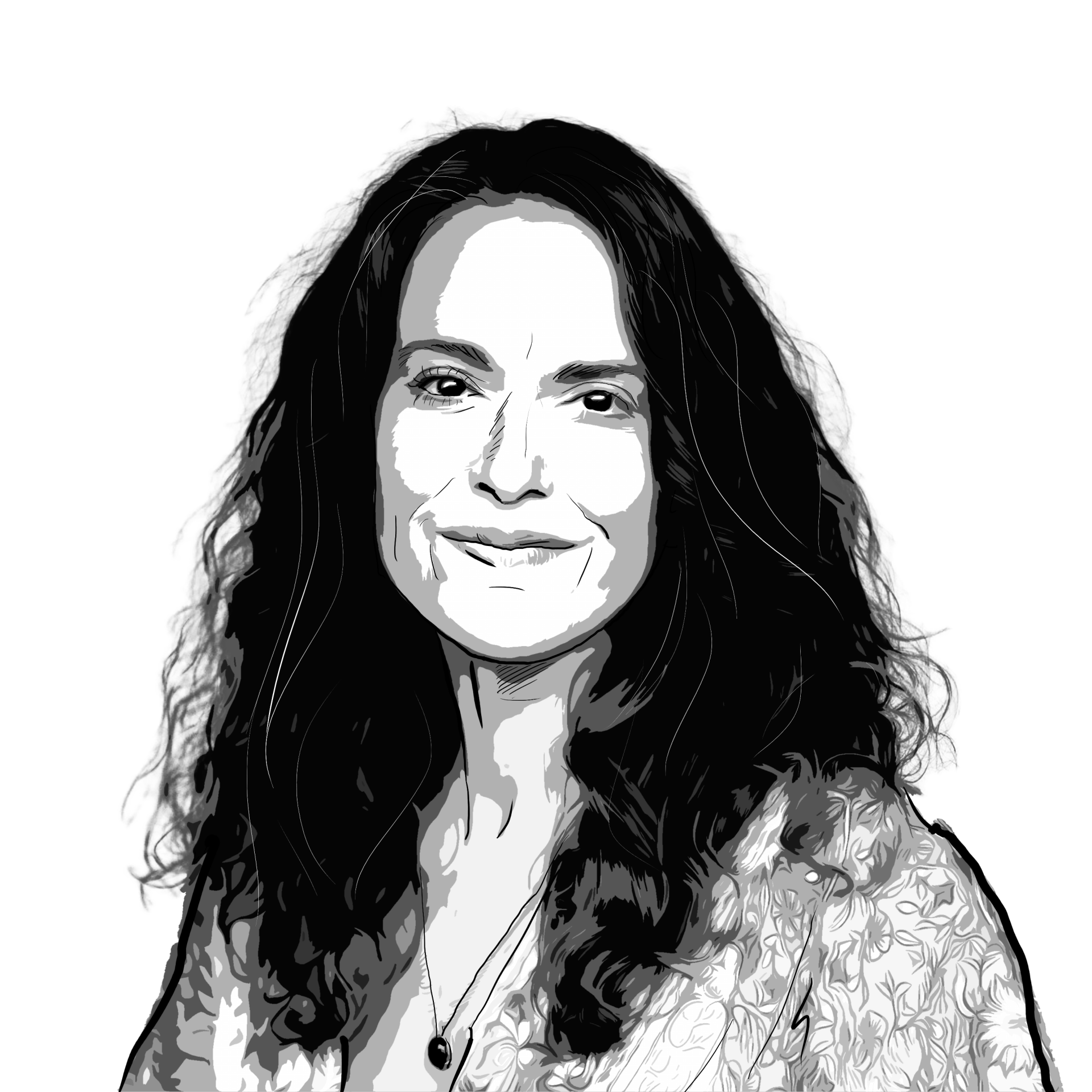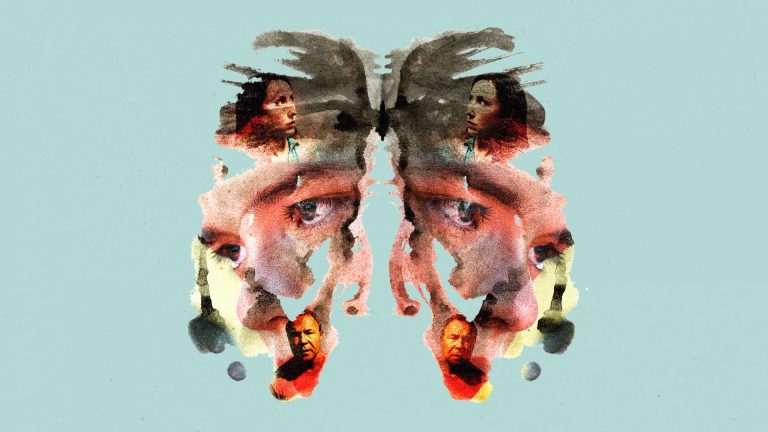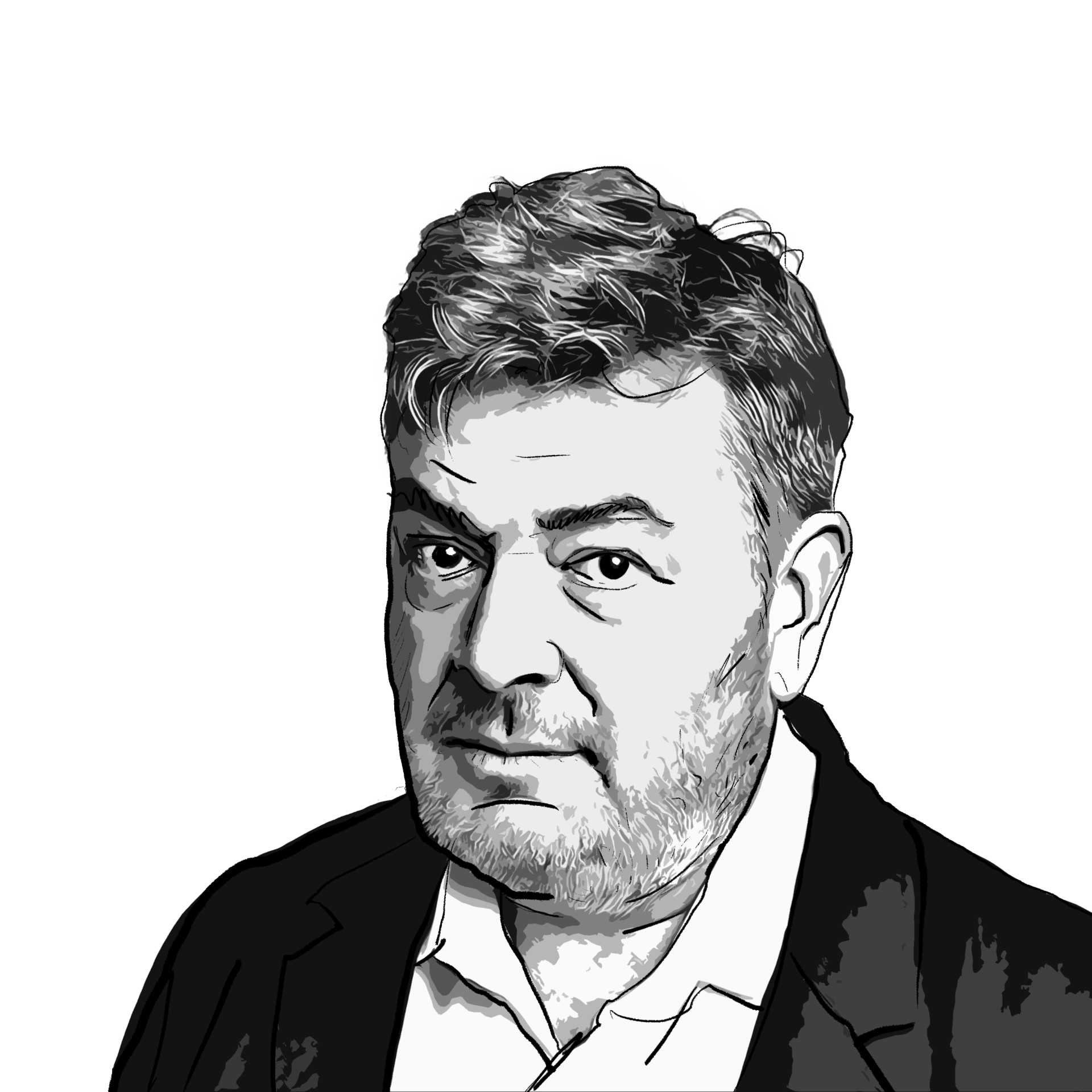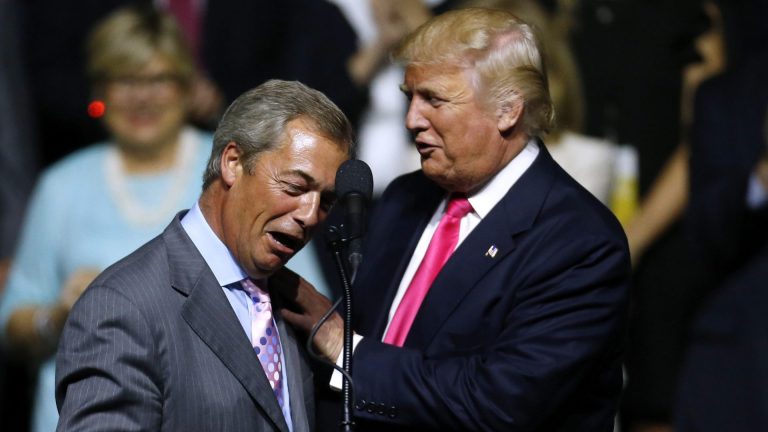The UK government still, it seems, intends to deport asylum seekers to Rwanda. Under the terms of the agreement, the Rwandan government has so far received $170m (£137m) to process 1,000 people over a five-year trial period. Yet due to ongoing legal battles in the British courts, no asylum seekers have arrived yet. More than 45,000 people crossed the Channel in small boats last year and, despite the possibility of landing in Dungeness and ending up in Kigali, the numbers show no signs of abating.
I had been interested in Rwanda since the 1994 genocide against the Tutsi. At the time, I was working at the Refugee Studies Centre in Oxford and had befriended a Rwandan woman and her son who were among the 15,000 Rwandan survivors granted asylum in the UK. Three decades on, I was visiting this land-locked country for the first time, hoping to gain a sense of how this nation of a “thousand hills”, where a political fixation on difference and division had once led to such calamity, had transformed itself into the safest place in Africa.
Michael Kalisa suggested that my first lunch should be at the Hôtel Des Mille Collines. The 6’ 5” lawyer picked me up from where I was staying and drove me to the hotel made famous by the film Hotel Rwanda. Inaugurated in 1973 as the premier grand hotel in Rwanda, it has since been surpassed by much grander establishments. Its manager at the time of the genocide, Paul Rusesabagina, has recently experienced a complete reversal of his fortunes. Hailed in the US as the hero of the film for providing refuge to a thousand or so Tutsis fleeing the violence that erupted in 1994, his criticism of President Kagame made him an enemy of the regime. A Belgian citizen with a US Green Card, Rusesabagina was tricked into returning to Rwanda and in September 2021 he was sentenced to 25 years in prison for his leadership of a coalition of exiled opposition groups whose armed wing stands accused of conducting attacks inside the country.
Located in the central business district, the Hôtel Des Mille Collines remains a popular destination for Rwandan elites, and as we sat down at the Legacy terrace adjacent to the swimming pool, the hills of Kigali were visible through the haze. We were soon joined by Hyppolite Ntigurirwa, who, like Michael, is an alumni of the international leadership programme that I direct at Yale. I ordered tilapia fish, which came with potatoes and spinach. And lots of water.
Michael, who was born and bred in the Congo, had moved to Rwanda after the genocide. As a lawyer, he placed great emphasis on the re-establishment of the rule of law, and he had worked as special assistant to the prosecutor general of Rwanda, rebuilding the criminal legal infrastructure and mechanisms to protect citizens’ rights. He had then gone on to serve at the international criminal tribunal for Rwanda, established by the UN security council to prosecute individuals responsible for genocide, crimes against humanity, and war crimes committed between April and July 1994. Before its closure in December 2015, the tribunal succeeded in indicting 93 individuals (63 of whom were convicted).
It also created a detailed historical record of the genocide and helped to establish the principle of individual criminal responsibility for international crimes. Michael explained that the national justice system had been so overwhelmed by the number of cases arising from the genocide that the authorities had established 12,000 Gacaca – literally meaning “short grass” – courts to speed up the prosecution of hundreds of thousands of suspects. These community courts met weekly in villages across the country to establish the truth about what had happened, providing the opportunity for the accused to confess and ask forgiveness. They continued operating up until 2012.
Hyppolite was seven years old at the time of the genocide, living in a rural village in the south of Rwanda, when he witnessed his father murdered by their neighbours and fed to the dogs. Taken as a child slave, he then fled to a camp for displaced people. It took him months to be reunited with his family. Now a PhD student at Coventry University, Hyppo is writing his dissertation on trust. He described the different ways in which trust between citizens is being rebuilt in Rwanda. He claimed that most people today no longer think about who is Hutu and who is Tutsi – it is condemned as “divisionism”. The government actively promotes the building of a new Rwandan identity in which all are treated the same, and each is judged by their capabilities and character and not by their ethnicity. He does not even see Hutu and Tutsi as separate ethnicities, but rather as socio-economic categories.
According to Hyppo, those who owned cattle were traditionally referred to as Tutsi, and the poorer majority were known as Hutu. People could move from one category to another based on their economic fortunes. However, the colonial authorities determined ethnicity along the lines of wealth, issuing identity cards as Tutsi to those who traditionally owned 10 cattle or more and had long, pointed noses – and categorising the rest as Hutu. Hyppo pointed out that Tutsi and Hutu speak the same language, eat the same food, have the same traditions, inter-marry, have the same names, live in villages together and are indistinguishable by the way they look. When I asked him how he could tell who was what, he responded that he could not – that was the whole point. Identity cards now simply state “Rwandan”. Hyppo could tell by people’s accents whether they had been born in neighbouring countries and had arrived in Rwanda after the genocide. But he did not know which ministers were Tutsi or Hutu – and he had no interest in knowing.
Hyppo expounded that on the last Saturday of each month, from 8-11am, everyone in Rwanda between the ages of 18 and 65 performs Umuganda, “coming together in common purpose”. This mandatory community service consists of cleaning streets, doing maintenance work, trimming back bushes along roads. Not only does it keep Rwanda incredibly clean and improve community living conditions, it also promotes social cohesion and national unity, bringing people from all walks of life together to contribute to building the new Rwanda.
Hyppo took me the next day to visit the Kigali Genocide Memorial. We wandered through the exhibits, which document the impact of the colonial period, the extremism of Hutu Power, the propaganda, the poverty, and the shooting down over Kigali on April 6, 1994 of the plane carrying the president, Juvénal Habyarimana, and the Burundian president, Cyprien Ntaryamira. It was this act that unleashed the genocidal murder of a million Tutsi, while the international community did nothing, until the 100 days of killing was brought to an end by Gen Paul Kagame’s forces. The images and descriptions bring alive the horrors of those times. Particularly moving is the Children’s Room, with the smiling photos of happy children who should have lived to old age, but were instead cut down in their infancy.
The memorial was designed by the UK-based Aegis Trust “as a place confronting the ideas which lead to genocide; not one which could alienate the children of perpetrators.” Hyppo was a frequent visitor. As we walked around the gardens, where the remains of 250,000 people are interred, he told me he came here to remember his father and other relatives who were murdered during the genocide. Written on a wall at the memorial are the words, “Take peace with you.”
As we drove south out of Kigali, Hyppo spoke about the NGO he established called Be the Peace. “Peace is what you give,” he told me. “Everyone holds the key to peace.” He believes that the best way to stop the transmission of hate from one generation to another is to create activities that bring people together, young and old, those born of rape, children of perpetrators and survivors.
After 30 minutes or so, we turned off on to an unpaved track, winding past banana plants and sweet potatoes for a further quarter of an hour until Hyppo pulled the car to the side. We walked down the grassy hill together, passing grazing cattle, to the shores of Lake Cyohoha. Hyppo pointed out the site where he hoped to build a peace centre. He told me he was helping 400 families in different districts in Rwanda, working with both survivors and perpetrators to share stories, collaborate on community projects, build houses, grow vegetable gardens, and take care of cows. Through such initiatives, which he funds with donations and by contributing 20% of whatever he earns, he believes he can help to revive the humanity that was lost during the massacre. In 2019, he walked across Rwanda for 100 days to commemorate the 25th anniversary of the genocide. Everywhere he went, people offered him a bed and a meal. He never knew whether people were Tutsi or Hutu, survivors or perpetrators. Hyppo described how in April every year Rwandans come together in their communities to discuss what happened during the genocide, to remember those who were killed, to recognise how those who went to jail had returned to the community and been rehabilitated, and to promote national unity.
In addition to justice and social inclusion, addressing poverty and inequality has been key to improving stability in Rwanda. Rwandans are stratified into five Ubudehe categories, depending on household income. The system is used to identify and target households in need of assistance. The government has provided cash and cows to poor people; increased enrolment in primary and secondary schools; and improved access to basic services, particularly in rural areas. Quality of life has improved impressively over the last two decades – until Covid dealt its cruel blow.
However, praise for the country’s development progress is often tempered by international criticism at the suppression of dissent. Freedom House rates Rwanda as one of the least free countries in the world. Kagame was re-elected president for a seven-year term in 2017, with 98.8% of the vote, after an amendment to the constitution allowing a third term. If there is a plan for succession, it is not widely known or discussed. Yet Kagame’s domestic legitimacy appears to derive from ensuring security through national unity, building institutions to deliver services, and appointing capable officials to leadership positions. Rwanda today is one of the least corrupt countries in Africa, and has the highest percentage of women in parliament in the world (61%).
I enjoyed a final evening at the restaurant Choose Kigali, seated outside on a deck overlooking the city, between the owner, Emmanuel Nkuranga, and his brother, Innocent Nkurunziza. The brothers had invited me for dinner after we met earlier in the day when I was wandering around their art gallery admiring vibrant paintings, multimedia sculptures, and portraits of strong women.
On that warm January evening, under the light of the full moon, I could not help but reflect that Rwanda is so much more than the site of a genocide, a place to see mountain gorillas, or a destination for Britain’s deported asylum seekers. It’s a living testament to the power of humans to deal with trauma, to heal divisions, and to create a better future. Innocent took out his iPhone to show me a video of his new work, The River. The blurb explained: “The river represents life-force the continuous flow… the willingness to transform… to travel the journey once more – gaining knowledge – providing life – overcoming the continuous changes… adapting… meeting struggles… the river is life.”
Emma Sky is director of Yale’s International Leadership Center and author of The Unravelling: High Hopes and Missed Opportunities in Iraq and In a Time of Monsters: Travels Throught a Middle East in Revolt

